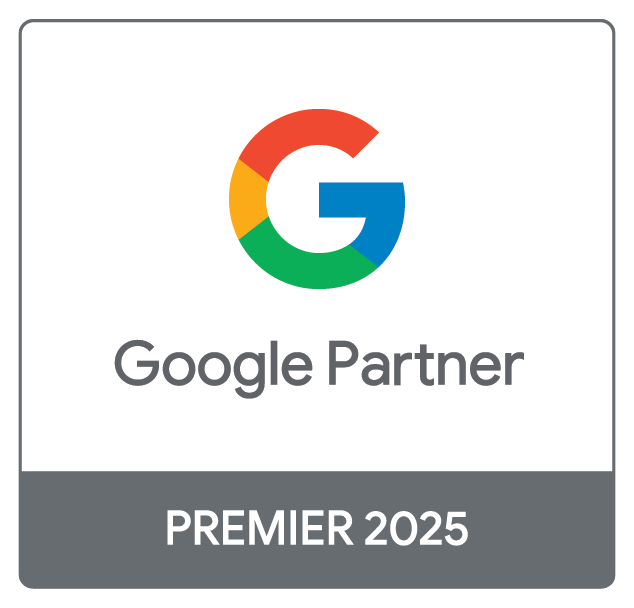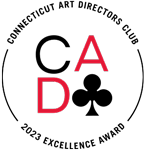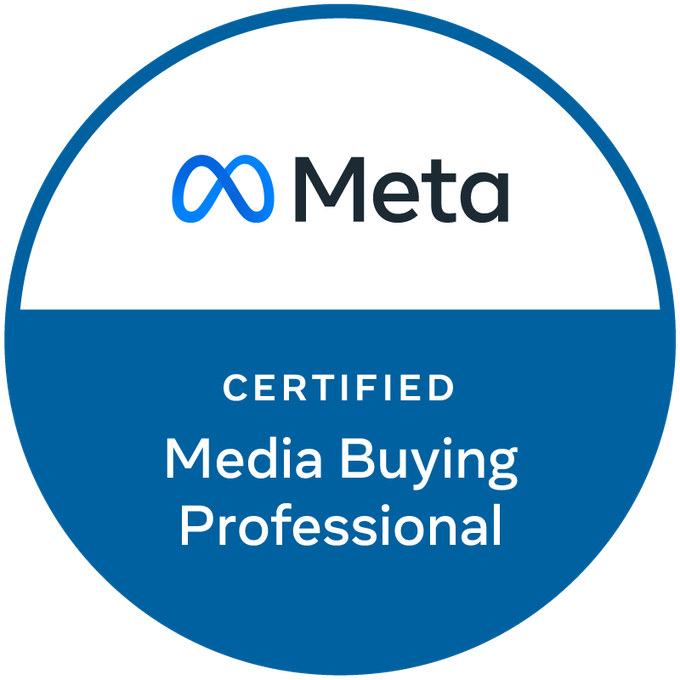Google Ads has long been a powerful tool for businesses looking to reach their target audience. However, relying on text-based ads alone can limit your campaign’s impact. That’s where image assets come in!
Adding high-quality images to your Google Ads campaigns can help capture attention, improve engagement, and increase conversions. After all, the right visual elements can make all the difference whether that’s running search ads, display ads, discovery campaigns, or video promotions.
In this guide, we’ll break down how to add image assets to Google Ads, understand their impact on different ad formats, and share best practices to ensure your campaigns drive results.
How Image Assets Improve Paid Advertising Results
Images are a powerful storytelling tool in marketing, helping brands connect with audiences faster than words alone. Studies show that people process images 60,000 times faster than text, which means the right visual can communicate a message in an instant.
In Google Ads, image assets refine traditional campaigns by:
- Making your ads stand out in competitive search results
- Improving engagement rates by attracting users' attention
- Boosting click-through rates (CTR) by adding a compelling visual component
- Increasing conversions by providing a more complete brand experience
By incorporating relevant, high-quality images, you can create more effective campaigns that increase performance through image ads across all platforms.
Using Image Assets in Search Ads
Google Search Ads have traditionally been text-based, but now, advertisers can create more engagement through images. These make your ad more eye-catching and compelling by appearing alongside search results.
Adding Images to Search Campaigns
To include image assets in your Google Search Ads, follow these steps:
- Open your Google Ads Manager and navigate to your campaign.
- Click on "Ads & Extensions", then select "Image Assets".
- Upload relevant, high-quality images that align with your ad copy and brand.
- Google will automatically adjust and display these images in search results where applicable.
Adding images to search ads can be especially effective for industries like retail, travel, real estate, and automotive, where visual appeal plays a large role in the decision-making process.
Why Images Boost Search Ad Engagement
Visuals naturally draw the eye, making your ads more noticeable and memorable to readers. When a potential customer sees a compelling product image alongside your ad, they’re more likely to engage than if they were only presented with text. This increase in engagement leads to higher click-through rates (CTR) and a better return on ad spend (ROAS).
Display Ads That Include Image Assets
Google Display Ads rely heavily on images to capture attention and drive brand awareness. These ads appear on millions of websites, mobile apps, and YouTube, helping businesses expand their reach beyond search results.
Optimizing Display Campaigns with Images
When setting up Google Display Ads, selecting the right visuals is crucial. The most effective display ads:
✅ Use high-resolution images that clearly represent the brand
✅ Feature minimal text overlays for easier readability
✅ Maintain a consistent brand aesthetic for recognition
Unlike search ads, where users are actively looking for information, display ads target audiences who may not be in an immediate buying mindset. That’s why compelling visuals are key to grabbing their attention and sparking interest.
Key Metrics to Track for Display Images
Once your display ads are live, monitoring performance metrics is essential to optimize results. Pay close attention to:
- Click-Through Rate (CTR): Measures how often people click on your ad.
- Viewability Rate: Indicates whether your ad is being seen by users.
- Conversion Rate: Shows how effectively your ad drives action, whether it’s a purchase, sign-up, or other goal.
Testing different images and analyzing these metrics can help you refine your display campaigns for better performance over time.
Discovery Ads and Image Optimization
Google Discovery Ads appear in visually rich placements, including the YouTube home feed, Google Discover, and Gmail Promotions tab. They are designed to be immersive and engaging, making images a crucial element of their success.
Customizing Discovery Ads with Image Assets
When creating Discovery Ads, Google allows you to upload up to 20 different images. The platform then uses machine learning to determine which visuals perform best for different audience segments.
For the best results, use images that:
✔️ Tell a story and evoke emotion
✔️ Feature real people engaging with your product or service
✔️ Avoid excessive text overlays that can clutter the design
Tips for Effective Discovery Campaign Images
Since Discovery Ads appear in visually high-traffic areas, your images need to be eye-catching and scroll-stopping. Think of using bright colors, high contrast, and clear focal points to help your ad stand out in a busy feed.
Video Campaigns and the Role of Image Thumbnails
Even in video advertising, static images play a key role—especially when it comes to thumbnails.
The Importance of Images in Video Ads
A strong video thumbnail can mean the difference between someone clicking to watch or scrolling past your ad. Engaging thumbnails increases video play rates and improves overall campaign performance.
How to Select Engaging Image Thumbnails
- Use high-resolution images that represent the video's content
- Feature human faces to create an emotional connection
- Avoid excessive text, keeping the focus on the subject of the video
Google automatically generates thumbnails for video ads, but you can manually upload custom images to better control how your ad is presented.
Responsive Ads and Image Flexibility
Augmenting Responsive Ads with Images
Google’s responsive display ads automatically adjust to fit different screen sizes and placements, making them a flexible and effective option in Google Ads. Adding high-quality images improves engagement and helps your ads remain visually appealing.
For optimal performance:
- Upload multiple image variations in different aspect ratios (square, landscape, and portrait) for seamless adaptability.
- Let Google’s machine learning test and optimize the best image combinations for different placements.
- Maintain consistent branding across all images to strengthen recognition and trust.
Best Practices for Using Adaptive Image Formats
Using the right image assets can significantly impact click-through rates and conversions. To make the most of your responsive ads:
- Include at least five different images to maximize ad placement opportunities.
- Prioritize mobile-optimized images that load and display quickly on small screens.
- Avoid text-heavy graphics—clear, high-quality visuals perform best.
How to Add Image Assets to Your Google Ads
Adding image assets to Google Ads is a straightforward process, but ensuring they meet quality standards is crucial. Here’s how to do it:
- Log into Google Ads and select your campaign.
- Navigate to "Ads & Extensions", then click "Image Assets."
- Select "+ New Image Asset" and upload your chosen images.
- Assign the images to specific ad groups for targeting.
- Google will review and approve your images before displaying them in live campaigns.
To maximize results, test multiple images and monitor performance metrics regularly.
Examples of Impactful Ads Using Images
Many brands have successfully leveraged image assets in Google Ads to boost engagement and conversions. Clothing retailers like ASOS and Zappos use high-quality product images in Google Shopping and display ads to attract online shoppers. Travel brands such as Expedia and Airbnb feature stunning destination imagery in Discovery Ads to inspire bookings and increase engagement.
Meanwhile, tech companies like Samsung use responsive display ads with dynamic product images to showcase their latest devices. According to Google, ads incorporating images can increase click-through rates (CTR) by up to 15%, making visuals a key component of a high-performing ad strategy.
Partner With Zero Gravity Marketing to Drive Results With Your Google Ads Campaigns
Adding image assets to Google Ads is a simple but powerful way to increase engagement and improve ad performance. However, optimizing visual assets for different Google ad formats requires expertise.
At Zero Gravity Marketing, we specialize in Google Ads management, ensuring that your campaigns are built for success. Our team will help you create high-impact visuals that drive results, from search, display, discovery, video, or responsive ads! Ready to get started with your Google Ads strategy? Contact us today!
About the Author













